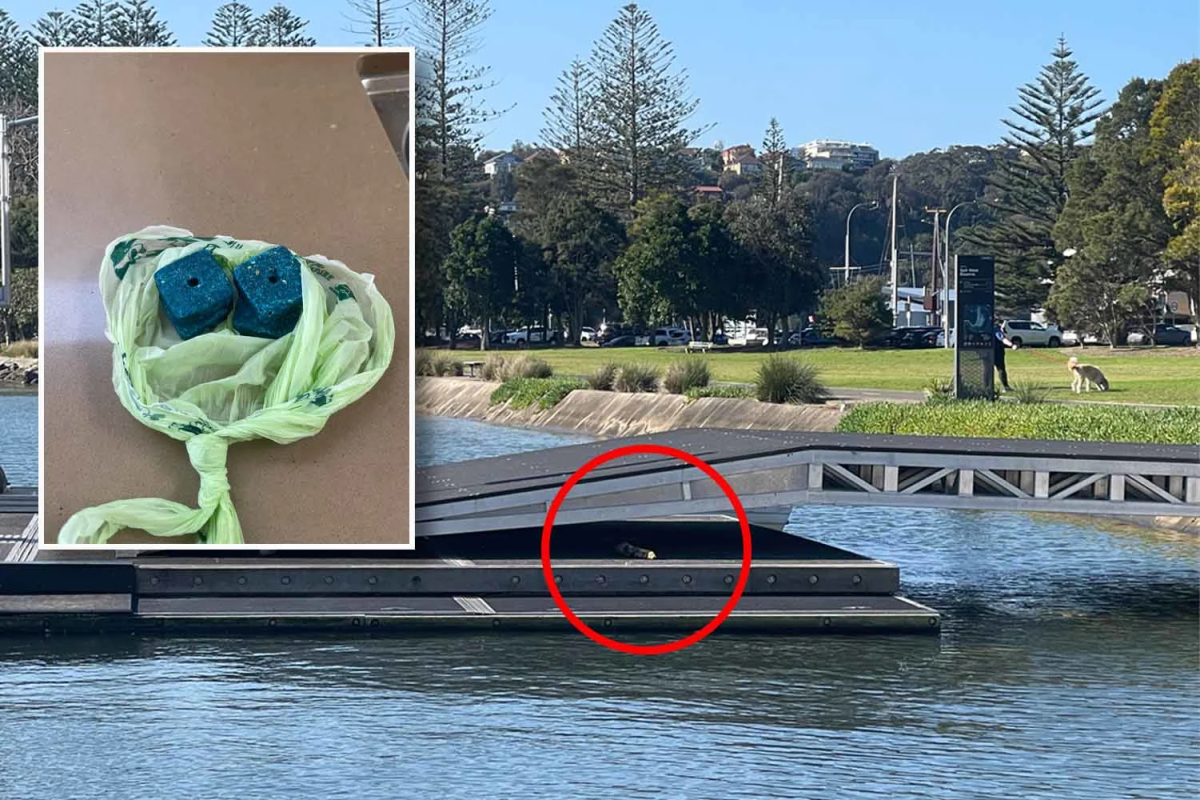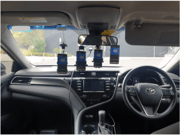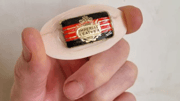
Content warning: This article discusses animal poisoning.
Every morning, dog walkers at Spit West approached their favourite pontoon with a sense of dread.
What should have been a peaceful start to the day had become a deadly lottery.
Local residents feared that one wrong step could cost a beloved pet its life.
Gigi, a two-year-old chocolate Labrador, was the latest victim, surviving her second poisoning incident this year.
Her owner, who wished to remain anonymous, watched in horror as Gigi swallowed toxic blue bait deliberately scattered across the pontoon in Sydney's affluent northern suburb.
'We are all petrified,' the owner shared, fearing the next victim might not be so lucky.
The crisis at Spit West reflected a broader national problem quietly threatening Australian wildlife and domestic pets.
An open letter signed by 280 experts—including vets, doctors, farmers, scientists, and conservationists—called on the nation's chemical regulator to ban sales of this highly toxic form of rat bait to the public.
Research on Southern Boobooks, a common Australian owl, revealed that 72.6 per cent were exposed to rat poison, with 50.7 per cent showing potentially dangerous levels in their liver tissue, and 38.4 per cent carrying multiple rodenticides.
Anticoagulant rodenticides remained the most frequent cause of poisoning in pets, yet they continued to be sold alongside safer alternatives in supermarkets and hardware stores.
The toxic reality
Native birds, wildlife, and pets are at risk because of the unregulated use of Second-generation Anticoagulant Rodenticide poisons in Australia.
These silent killers remain available on retail shelves and online despite known dangers.
Not all rat poisons posed the same threat, and understanding the difference could save a pet’s life.
Second-generation anticoagulant rodenticides (SGARs) are 'single-dose anticoagulants,' lethal in a single ingestion, and significantly more potent than first-generation alternatives.
Their slow breakdown increased the risk of secondary poisoning in non-target animals.
The Spit West perpetrator appeared to use SGARs, making the threat especially terrifying for dog owners.
These poisons were illegal for use in public areas accessible to animals or children.
Emergency vet warning
Emergency vet Dr Tim Hopkins from SASH Northern Beaches described the situation as a 'ticking time bomb,' warning that the perpetrator would 'keep doing it until they're caught.'
'It's probably one of the biggest welfare problems globally'
Recognising the danger
Rodenticides were appealing to pests and, unfortunately, pets were equally vulnerable.
Ingestion often led to pet emergencies, fatal without prompt treatment.
Gigi’s owner recognised the danger immediately, rushing her dog to the vet within fifteen minutes.
Gigi vomited a 'great big blue lump' among her breakfast, likely saving her life.
Recognising the warning signs
- Lethargy and weakness
- Pale gums
- Blood in poo, urine, or from nose/ears
- Difficulty breathing
- Loss of appetite
Treatment with vitamin K1 might continue for two to four weeks, ideally with a fat-containing meal to boost effectiveness.
Severe bleeding could require blood transfusions, with clotting monitored weekly until normal for five to six days post-treatment.
Gigi’s second incident meant another significant vet bill on top of the $4,000 spent earlier this year.
Council response and ongoing risks
Mosman Council responded with daily patrols, but admitted the challenge was immense.
'Without any CCTV or any known witnesses, it is difficult to determine who may be responsible,' a spokesperson shared.
NSW Police and the Environment Protection Authority were investigating, but anonymity and lack of surveillance hindered enforcement.
A wider campaign pressed retailers like Bunnings to stop selling SGARs, citing ongoing risk to wildlife.
Dr Hopkins advised pet owners to use muzzles in high-risk areas and stressed the importance of prompt veterinary attention.
'If you bring your dog in promptly, we can prevent the poisoning from occurring, but if you wait 48 hours, the outcomes are much worse.'
Dog walkers at Spit West remained vigilant, collecting suspicious substances and staying 'hot on the heels' of their pets, aware that vigilance could mean the difference between life and death.
What This Means For You
Dog walkers at Spit West face ongoing danger from deliberately placed rodenticide baits, putting beloved pets at serious risk.
Second-generation anticoagulant rodenticides are highly toxic and illegal in public areas, yet their presence continues to threaten both domestic animals and local wildlife.
Prompt veterinary care and awareness of warning signs are critical to saving pets from potentially fatal poisoning incidents.
Regulatory and community action remains essential to prevent further harm and protect animals in shared public spaces.
For pet owners, this means staying vigilant during walks, checking areas for suspicious substances, and seeking immediate help if a pet shows signs of poisoning—because in situations like these, awareness and quick action can make all the difference.
The dangers of rodenticides and other poisons in public areas extend far beyond Spit West, affecting pets in communities across the country.
For those looking to understand how widespread and serious this issue can be, there are real-life examples that highlight the risks and consequences for unsuspecting pet owners.
One particularly alarming story shows just how easily pets can be exposed to hidden toxins during everyday walks or outdoor activities.
Read more: Dog owners battle hidden poison threat across country
Have you ever noticed suspicious substances in your local parks that could put pets at risk?







